
views
- Shadowless Pokémon cards are from the first 2 print runs of the original Base Set. They do not contain a drop shadow on the right side and bottom of the card art.
- Other identifiers of Shadowless cards include a skinnier font for the HP stat and the number “99” included in the copyright date at the bottom.
- Shadowless cards vary in value based on their condition and rarity, but they’re desirable for collectors because there aren’t very many in circulation.
What is a Shadowless Pokémon card?
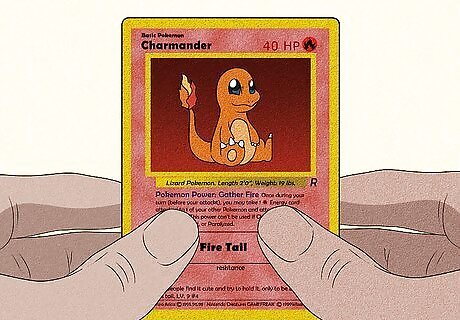
A Shadowless Pokémon card is part of one of the first 2 print runs of the original Base Set released in 1999. These print runs are called “Shadowless” by collectors because they don’t have darker drop shadows along the bottom and right edges of the card’s artwork. Later print runs of the base set include the drop shadow for more visual oomph. Shadowless cards include the original First Edition print run and the second print run, commonly known as “Shadowless Limited” due to their rarity.
Identifying a Shadowless Pokémon Card
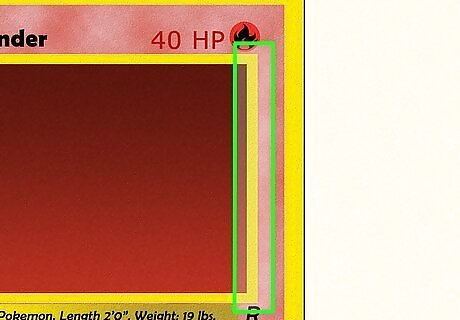
The card doesn’t have drop shadows on the bottom or right sides. If you look along the bottom and right edges of the card’s art, Shadowless cards immediately transition into the background. If you notice a thicker drop shadow around the edges, then your card was released during a later printing of the Base Set.

The font for the HP is thinner than later printings. On both the First Edition and Shadowless Limited print runs, the HP stat in the top-right corner has a skinnier typeface. Later printings use a bolder font to make the text stand out even more, so you can easily tell the difference between editions when they’re side by side.
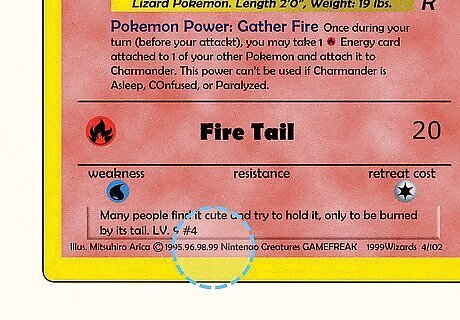
The copyright date includes “99.” Check the bottom of the card for a line of copyright information to see what dates are included. If the dates read, “1995, 96, 98, 99”, then you have a Shadowless card from the first 2 print runs. In later print runs, the “99” is omitted from the date.
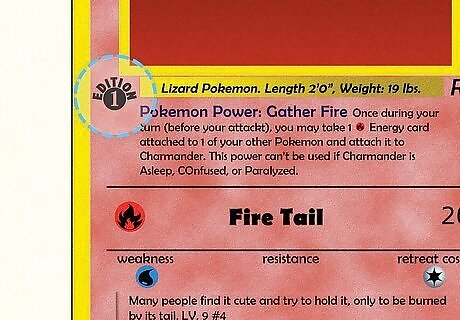
The card has a first-edition stamp on the left side of the art. Look for an icon that says “edition” with the number 1 in a black circle on the right side of the card to tell if it’s first edition. Any card from the Base Set that has the first edition symbol is from the initial print run and is considered Shadowless if it also meets all the other criteria. The second print run of the Base Set doesn’t have the first edition stamp, but they’re still also considered Shadowless because they don’t have a drop shadow. The only exception to this rule is Machamp released in the 3rd print run of the base set, also called the “Unlimited” run. This edition still has a first edition stamp, but it also has a drop shadow on the right side. Be sure to carefully inspect any Machamp cards you have so you know which edition you have.
How much are Shadowless Pokémon cards worth?
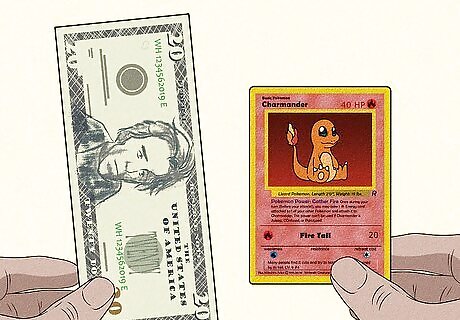
Many cards sell for $20 USD or more depending on condition and rarity. While cards from the First Edition set are sought after more by collectors, Shadowless Limited cards are still valuable because they’re nearly identical and have a small print run. The value of the card depends on its condition, its rarity in the set, and its demand from collectors. Some of the most popular cards, like Charizard, Blastoise, and Mewtwo, have even sold for thousands of dollars in mint condition. Getting your cards graded is a great way to determine their condition and preserve them. Send your cards to a reputable grading service like PSA or CGC Cards to have their condition evaluated. If you’re planning on selling your Pokémon cards, research the values of the cards based on their condition using sites like eBay or TCG Player. Then, list your cards for sale at a similar price.










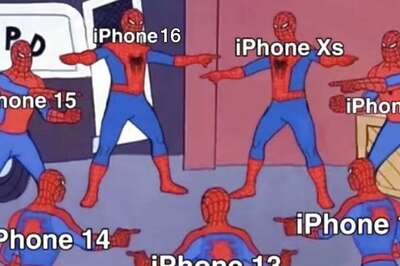

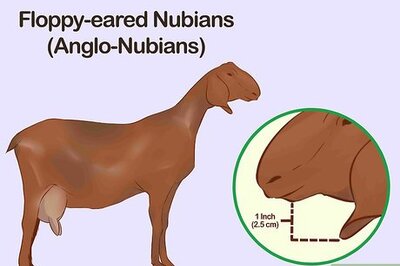



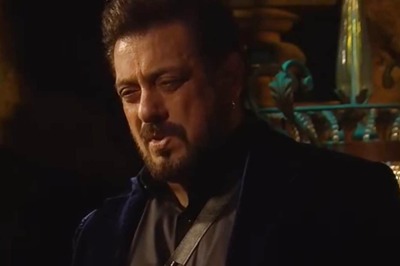
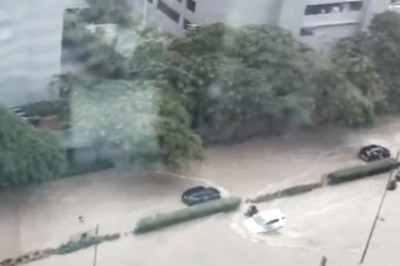
Comments
0 comment